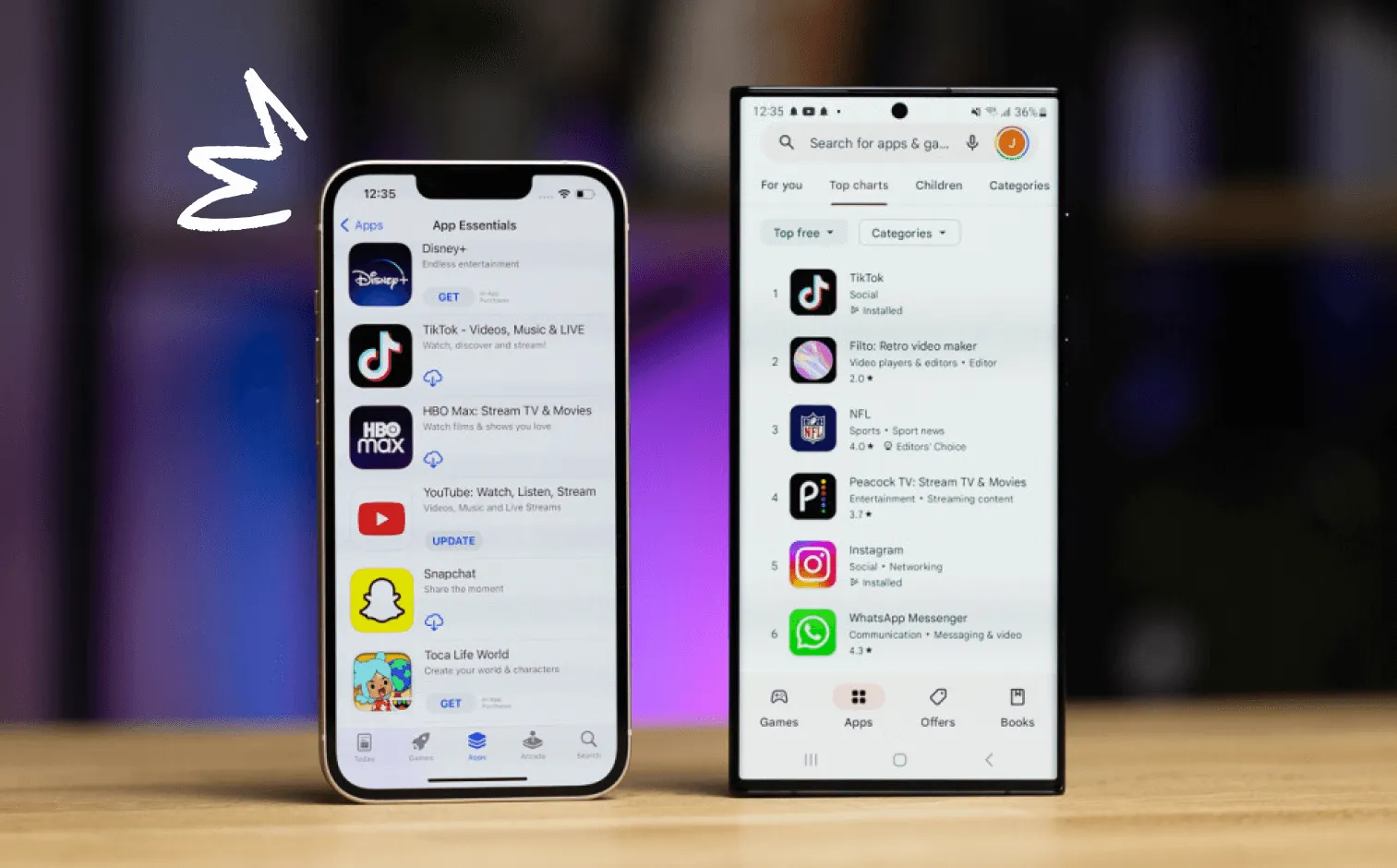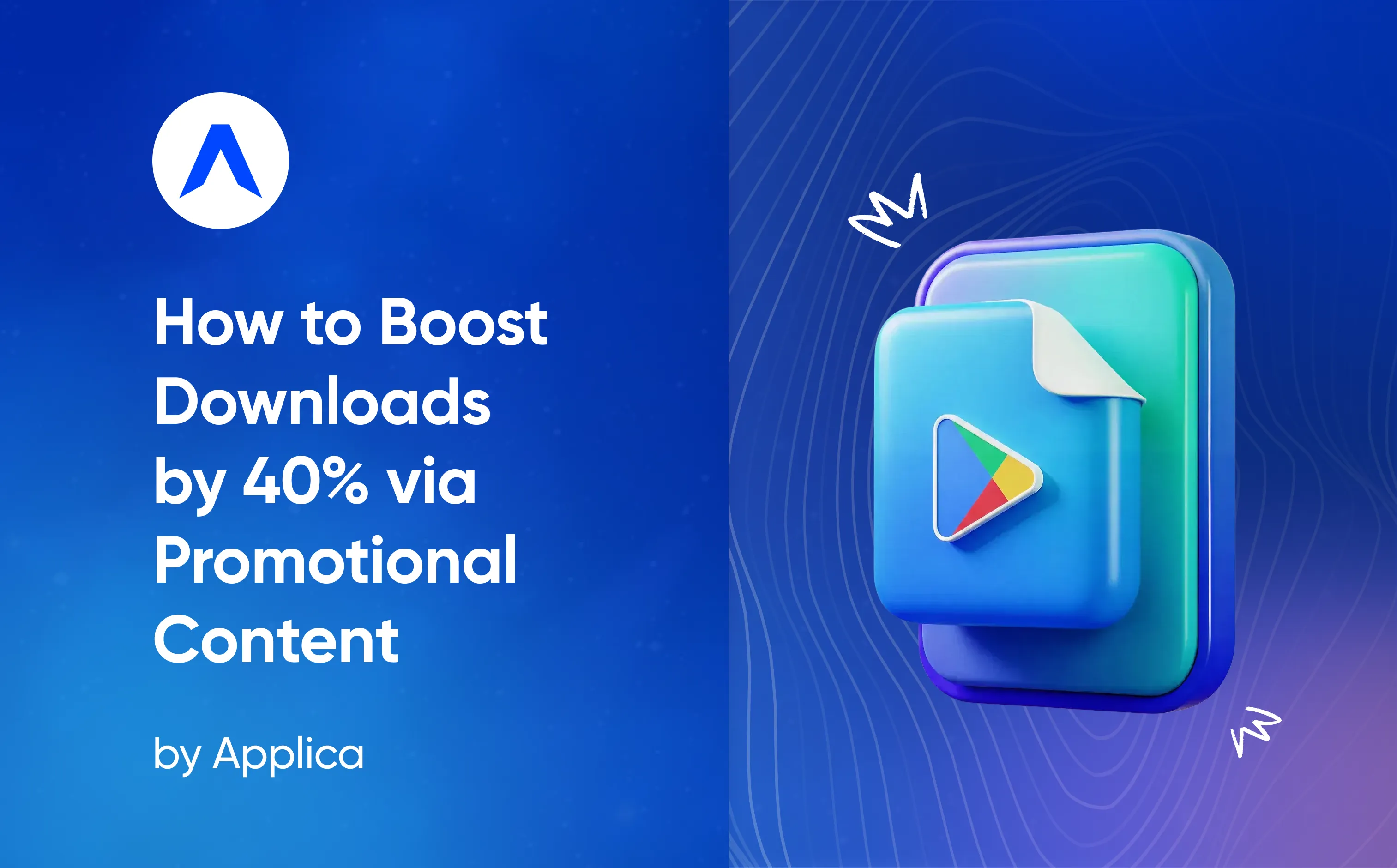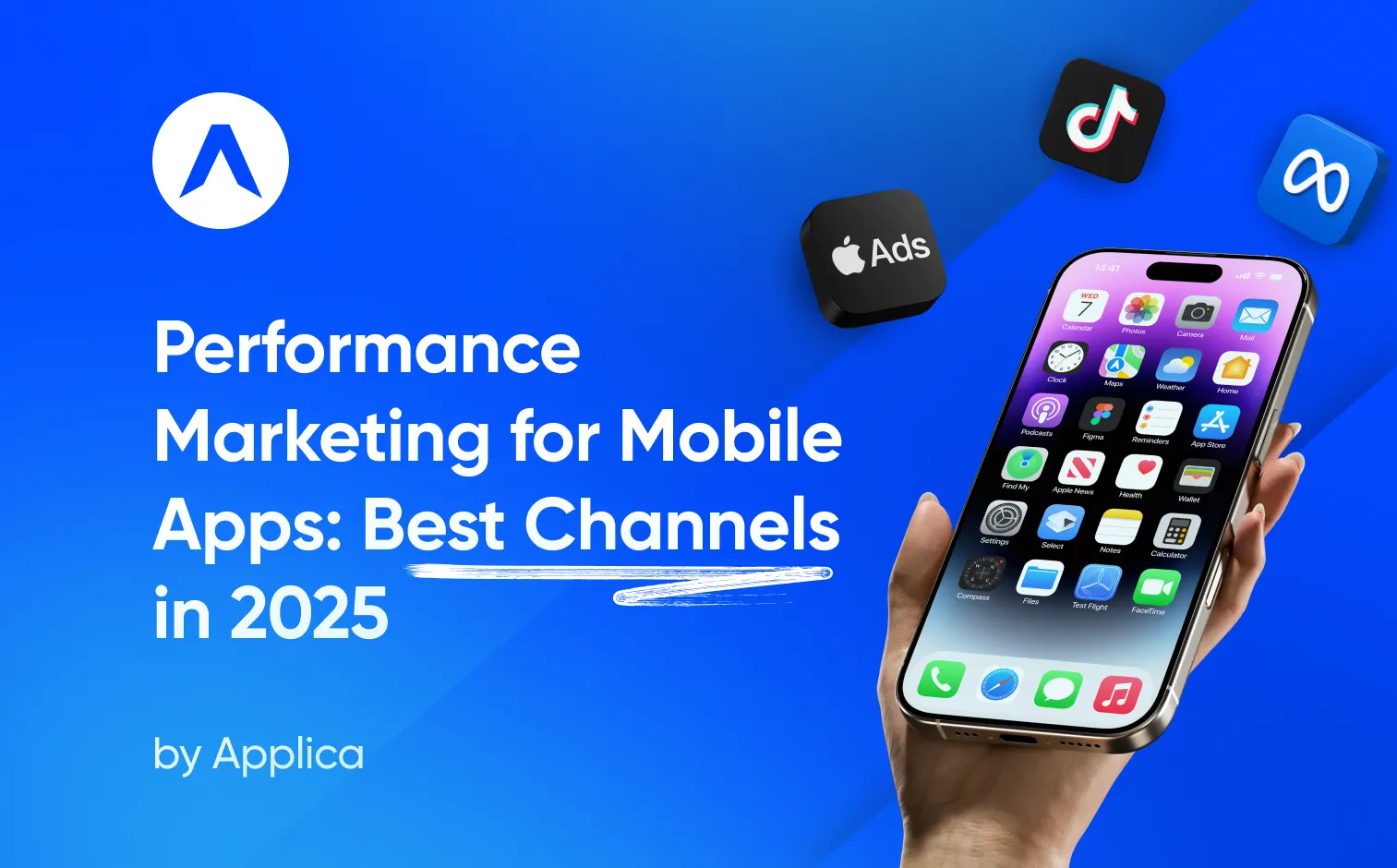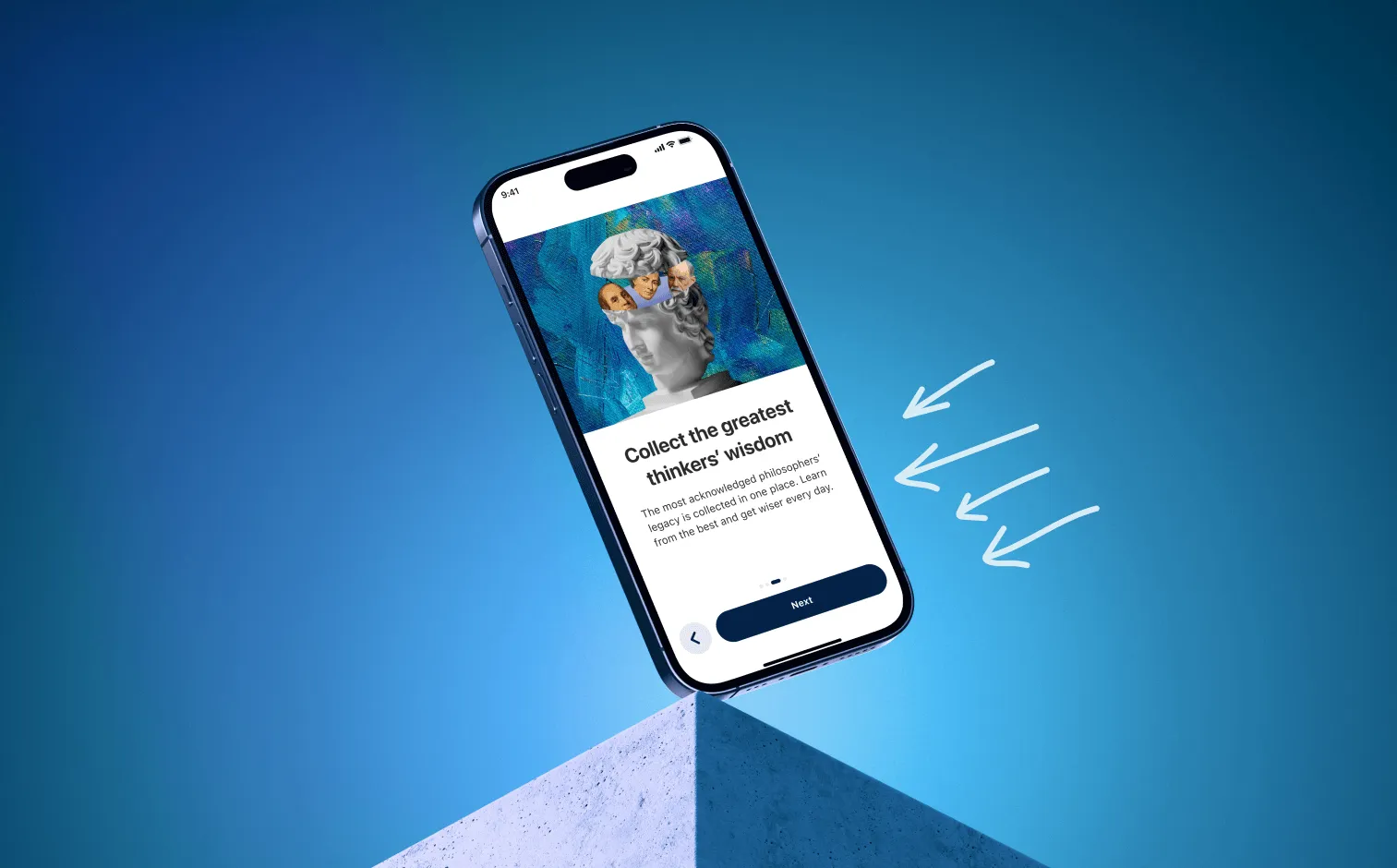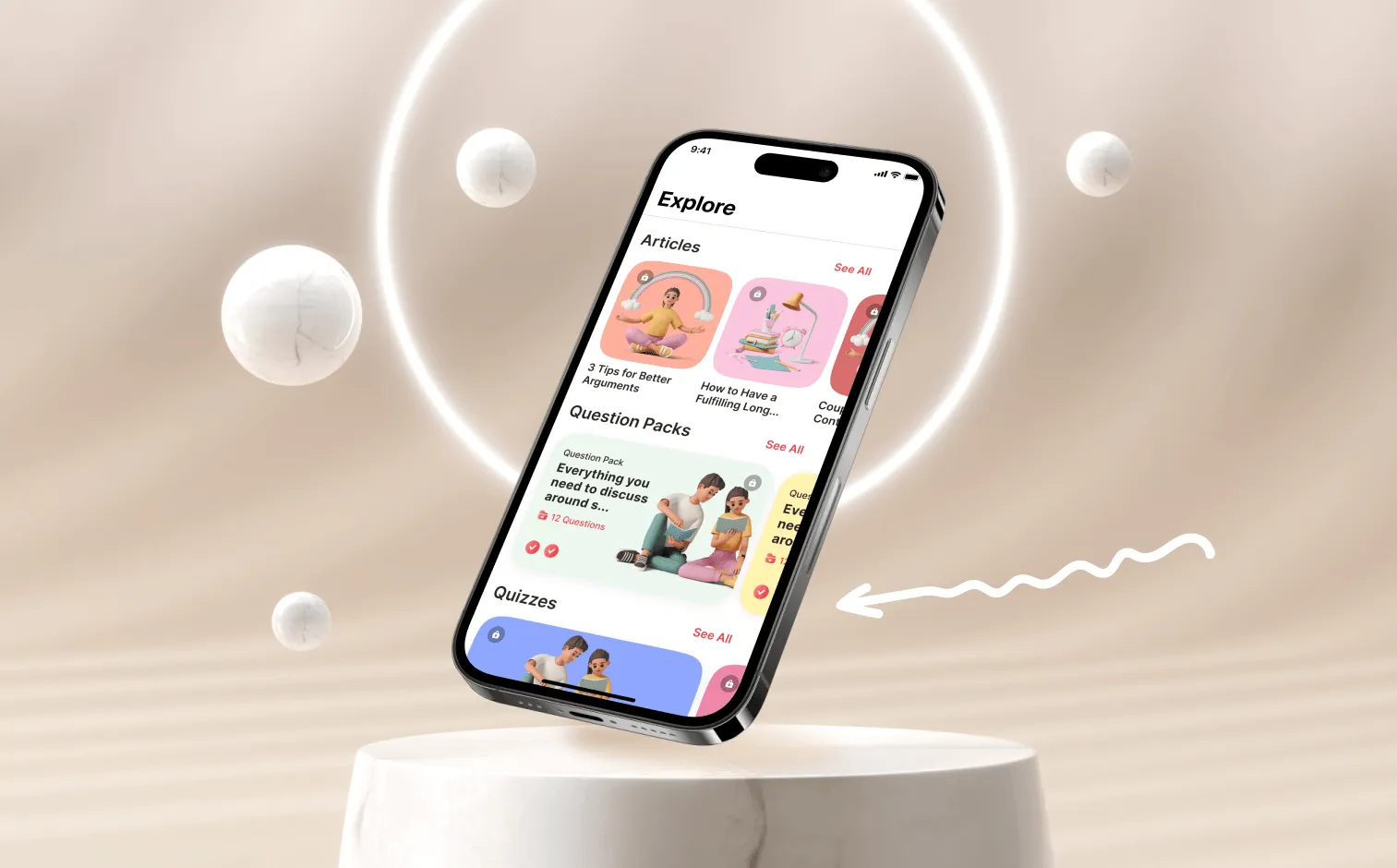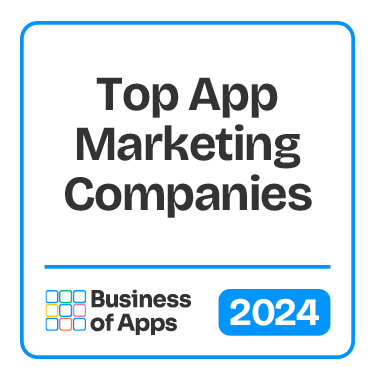How to Know if Your Retention Rate is Good?
To determine if an app's retention rate is good, you should look at the total number of users over time and compare it to the number of new users. If the total number of users is increasing, or at least staying steady, then the retention app rate is good. Additionally, you should measure the percentage of users who have used the app at least once in the last month, month-over-month. If that percentage is increasing, then the app's retention rate is good. Finally, you should look at the average number of days users are actively using the app. If the average number of days is increasing, then the app's retention rate is good.
A good customer retention rate is one that is higher than the industry average. It is typically measured by how many customers remain loyal to a business over a given period of time. It is important for businesses to have a good customer app retention rate because it indicates that customers are pleased with the services offered by the business and are more likely to continue to be loyal customers. Additionally, a good customer retention rate can help a business increase profits as it reduces the need to constantly find new customers.
Mobile Retention Metrics that You Should be Focused On
Mobile app retention metrics are key indicators of user engagement with a mobile app or website. They measure the ability of an app or website to keep users coming back for more. Key metrics worth focusing on include the percentage of users who return to an app or website after their initial visit, the total number of sessions per user, and the average session duration. Additionally, tracking metrics such as daily active users, total downloads, and user churn rate can provide valuable insights into customer loyalty and the effectiveness of in-app messaging, marketing activities, and user experience. By understanding user engagement and loyalty, businesses can better understand what drives their customers and make improvements to ensure mobile app user retention.
Top Customer Retention Strategies to Try
Track the User Data All The Time
App user retention strategies are critical to any business looking to maintain a strong customer base and boost revenue. One effective strategy is tracking user data. By collecting data from customers on their purchases, preferences, and behaviors, businesses can use that information to create tailored offers, discounts, and promotions that are specific to each customer. This helps to build trust and loyalty with customers and encourages them to come back and make future purchases. Additionally, this data can be used to identify trends in customer patterns, informing decisions on how to better serve the customer base. Tracking user data can be a powerful tool for increasing mobile app retention metrics and growing a business.
When tracking user data in an app, there are a few key steps to consider. First, you should determine which data points you want to track from the user, such as age, gender, location, and usage frequency. Once you identify the data points, you can then create an analytics system to track and store the data. This can be done using a tracking tool such as Google Analytics, Mixpanel, or Flurry. You should also consider setting up a database to store the user data. This will help you easily access and analyze the data points. Lastly, you should consider implementing user authentication in the app to ensure that all data collected is associated with the correct user. This will help you to better understand user behavior and behavior patterns.
Optimize Your Onboarding
Optimizing the app's onboarding process is a great way to improve mobile app retention rates. The onboarding process should be designed to quickly and easily get new users up and running with the app. This means having an intuitive user interface that is free of clutter, clear instructions, and helpful tips and tutorials. Additionally, the onboarding process should be tailored to the user's individual needs and preferences so that they can quickly find what they need. Finally, the onboarding process should provide a sense of accomplishment and value to the user so that they feel a strong connection to the app and are more likely to stay engaged and become a loyal customer.
A successful app onboarding experience can be achieved with the right design and optimization techniques. To optimize an app’s onboarding, start by creating a user-friendly, intuitive interface with clear navigation. Utilize visuals, such as animations and illustrations, to help guide the user through the onboarding process. Additionally, ensure that all necessary information is provided to the user in an easy-to-understand manner. To further streamline the process, consider providing a tutorial or video that explains the app’s features and how they can be used. Finally, make sure that the user’s progress is saved throughout the onboarding process, so they can pick up where they left off if they need to stop using the app. By following these steps, the user will have a positive onboarding experience and will be more likely to continue using the app.
Implement In-App Customer Support
Implementing in-app customer support is an effective way to optimize app retention rate and create a better customer experience. In-app customer support allows customers to quickly and easily access customer service from within the app, without having to leave the app. Customers can find answers to common questions and quickly get help with any issues they may have. This helps to reduce customer frustration and create a better customer experience, leading to higher app retention rates and loyalty. In-app customer support also makes it easier for customers to provide feedback, which can be used to improve the app and create an even better customer experience.
Make the User Experience Personalized
Personalizing the user experience of an app is essential for better mobile app retention rate. By gathering data on user preferences, app developers can tailor the app experience to the individual user. This could include designing personalized home screens, creating specialized content, and automatically suggesting content that the user might be interested in. Additionally, app developers should use push notifications to alert users to new features, time-sensitive offers, and product updates. By providing a more tailored and engaging experience, app developers can create an environment of loyalty and trust, which will encourage users to remain active and engaged with the app.
Personalizing the user experience of an app can be done in a variety of ways. Firstly, developers can make use of user data to customize their app's interface and content. By tracking user activity, developers can better understand their users' preferences and tailor the app's content accordingly. Additionally, developers can create custom user profiles, allowing them to provide personalized recommendations, notifications, and other features. They can also offer customizable themes, allowing users to further customize their app's appearance. Finally, developers can offer automated chatbots to provide fast and personalized customer service. With these strategies, developers can create an app experience that is tailored to each user's individual needs and preferences.
Use Push Notifications
Push notifications are an effective way of improving retention metrics for apps. They are a direct, personalized way to communicate with customers, allowing businesses to send out tailored messages that are tailored to the individual customer. Push notifications can be used to inform customers about new products, special offers, and upcoming events, making them feel valued and connected with the brand. Additionally, push notifications can be used to remind customers about forgotten items in their shopping carts, incentivize customers to take action with timely promotions, and notify them of new content. By leveraging push notifications, businesses can improve customer loyalty and engagement, helping to retain customers in the long run.
Try Gamification
App gamification is an effective retention rate app strategy that uses game mechanics to create engaging experiences for users. It encourages users to interact with an app by providing rewards such as points, badges, and leaderboards. By using game elements, app gamification can engage users in a fun, interactive way, making them more likely to stay engaged with the app. App gamification can also be used to incentivize users to purchase products and services, increasing customer loyalty and retention. By using game mechanics and design, businesses can create an enjoyable experience that keeps users coming back for more.
Create Reward Programs
Creating reward programs is an effective way to improve customer retention. Offering points and loyalty programs for customers can help increase customer satisfaction and create a sense of belonging. Customers will be more likely to keep coming back if they are rewarded for their loyalty. Other rewards, such as discounts, freebies, and special promotions, can also be effective at increasing customer loyalty. Additionally, customers can be rewarded with exclusive offers and invitations to special events. With a well-crafted reward program, businesses can create a strong customer base that is loyal and engaged.
Examples of reward programs include offering points or other rewards for completing tasks, such as watching a video or making a purchase. Additionally, some apps may offer discounts or free items for reaching certain levels of activity or progress. Some apps also allow users to redeem rewards for gifts, such as gift cards or discounts. With reward programs, app developers are able to increase user engagement, as well as build loyalty with their users.
The Importance of Continuous Improvement
Continuous improvement of an app is essential for customer retention. By constantly improving the usability and user experience, customers will be more likely to remain loyal and make repeat purchases. Additionally, continuous improvement allows companies to stay ahead of their competition and remain current in the ever-changing technology landscape. Keeping up with the latest trends and developments in the app industry will ensure customer satisfaction and loyalty, creating a strong customer base that will drive revenue and growth. Furthermore, customers value an app that is constantly evolving and improving, as it shows that the company is committed to providing the best customer experience.
Contact Us For Custom Retention Strategy
The perfect solutions are custom ones. Contact us to build a retention strategy that is just right.



